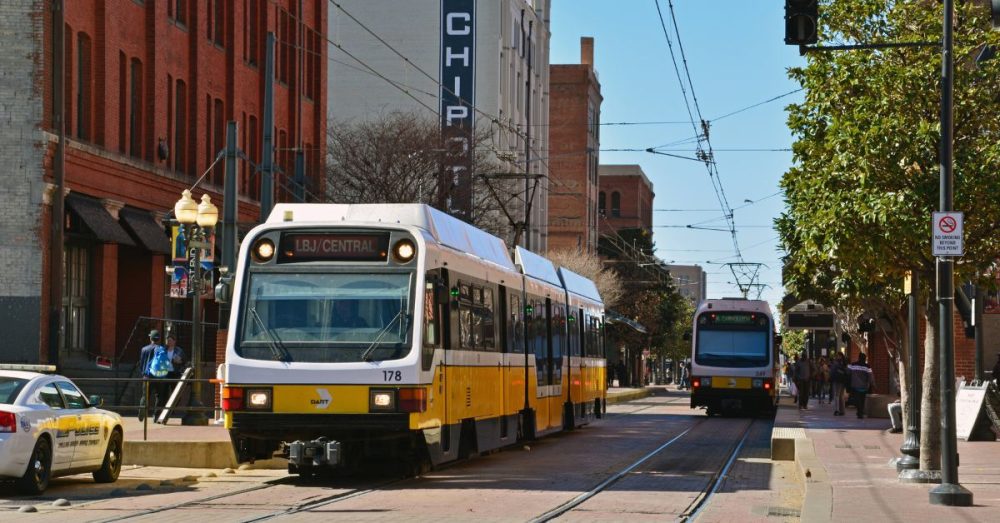A recent survey by the City of Dallas shows that residents are highly unsatisfied with the state of Dallas’ road safety, maintenance, and overall mobility.
The community survey, conducted by the ETC Institute, collected data from a random selection of 2,118 Dallas residents in each of the 14 council districts throughout April and May.
A whopping 59% of respondents reported that alley maintenance is “poor” in Dallas. Additionally, 50% said that sidewalk maintenance is “poor,” and 49% felt that maintenance and repair of major streets and neighborhoods are also “poor.”
The results come amid a recent decision by Dallas’ Department of Sanitation Services to phase out alley trash collection starting next year, as previously reported by The Dallas Express.
Residents voted that maintenance and repair of major streets and neighborhood streets should be the City’s top two priorities for streets and infrastructure.
The survey also showed that Dallas citizens are dissatisfied with the safety of the streets, with 39% of respondents saying bike lanes in the city are “poor,” 26% saying street lighting is “poor,” and 15% saying traffic signs and signal operations are “poor.”
The poor mobility conditions leave citizens facing a lack of ease while traveling. Among survey takers, 43% rated the ease of walking in Dallas as “poor,” 39% rated the ease of bicycle travel as “poor,” 41% rated the ease of bus travel as “poor,” and 31% rated the ease of car travel as “poor.”
The findings echo similar studies that reflect Dallas’ jarring, dangerous road conditions. An April report by Forbes found that Dallas is the ninth most dangerous city in the United States to drive in and the second most dangerous city in Texas.
As of July 9, Dallas has seen 14,319 total crashes this year, including motorist, pedestrian, motorcyclist, and bicyclist. Of these crashes, 99 were fatal, and 426 caused severe injury, according to a City dashboard.
Moreover, 324 of these crashes involved pedestrians, resulting in the death of 32 pedestrians and the severe injury of 76 others. The death toll of civilians in crashes is up by nine from this time last year.
In an effort to bring safety to the streets, Dallas launched a road safety project titled Vision Zero in 2022. The initiative lays out a strategy to eliminate traffic fatalities entirely and reduce severe traffic-related injuries by 50% by 2030.
The plan has been criticized for showing little progress. In February, it was called into question after a city council briefing at which Department of Transportation Director Ghassan Khankarli declined to say how many action items on the Vision Zero progress report had been completed.
In April, Khankarli again faced the Dallas City Council, this time with a detailed 67-slide presentation on Vision Zero’s project, as reported by The Dallas Express.
One key component of Vision Zero is the implementation of more traffic signals to create safer roadways; however, Khankarli stated that traffic signals now cost 50% more than originally estimated, causing a slowdown in progress.
Additionally, Dallas’ Bike Plan is undergoing an update that would include a two-way, barrier-separated bike lane along Jackson Street that would connect Harwood Park with the AT&T Discovery District. The Bike Plan hadn’t been updated since 2011, as reported by DX.
The City of Dallas plans to spend $27 million of taxpayer money on roadway and pedestrian safety initiatives in southern Dallas, including Vision Zero, The Bike Plan, and other projects.


